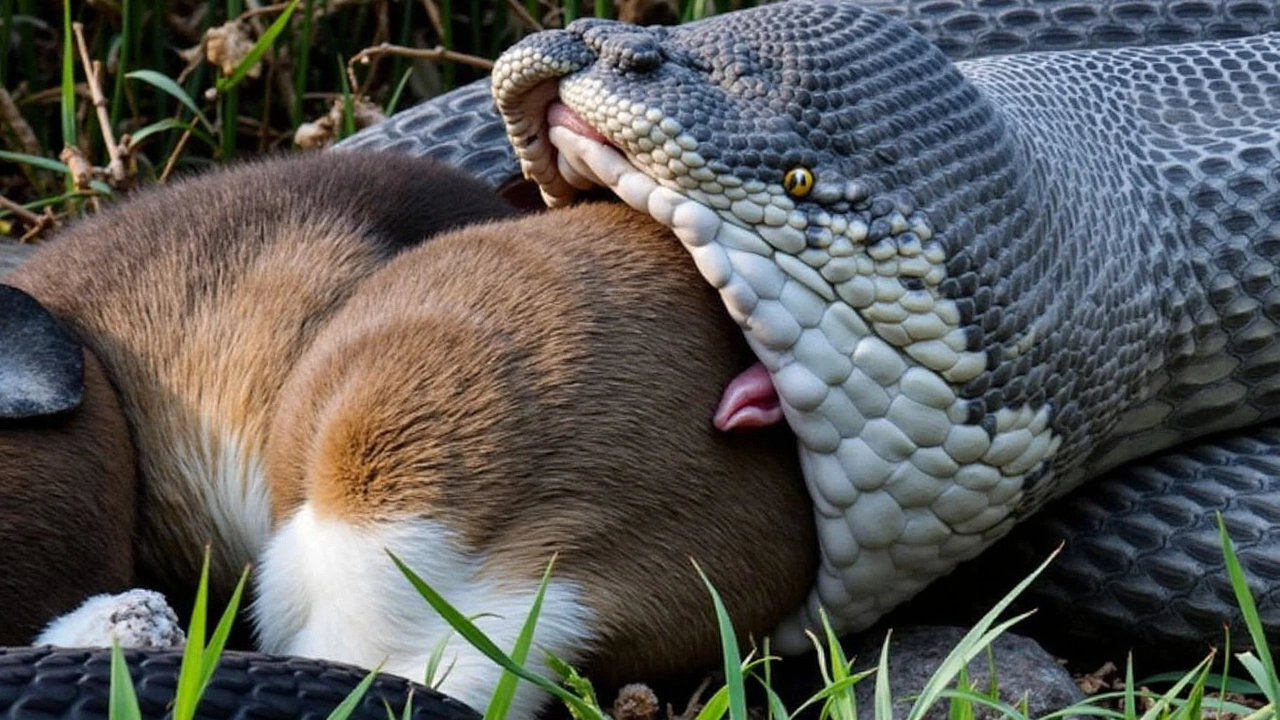Invasive species: how to spot them and what you can do
Invasive species change places fast — choking waterways, wrecking crops and pushing out native animals. You don’t need to be an expert to help. A few simple actions from people in towns, farms and on the coast can stop a new problem from getting out of hand.
How to recognise common invaders
Look for sudden changes. Thick mats of floating plants on rivers or dams often mean water hyacinth (Eichhornia crassipes). If your maize fields suddenly have new chewing pests that multiply fast, think of fall armyworm (Spodoptera frugiperda). Big non-native shrubs like Lantana camara form dense thickets that crowd out local plants. In lakes, a sharp decline in native fish after a new predator appears can be a sign — Nile perch in Lake Victoria is a famous example.
Other signs: many young plants of one species taking over, unfamiliar insects in large numbers, or animals behaving oddly. When you spot something strange, take a clear photo, note the place and time, and keep a short record of what you saw.
Simple steps to prevent spread and what to do next
Prevention is easier than fixing a big invasion. Clean boats, trailers and fishing gear before moving between water bodies — even a bit of mud can carry seeds. Don’t dump aquarium plants or pets into the wild. Buy local native plants for your garden instead of exotic species. Avoid moving firewood and plant material between regions.
If you find a suspected invasive: first, don’t try large-scale removal by yourself. Pulling or cutting without the right plan can make it worse. Instead, photograph the specimen, note GPS or the nearest town, and report it. In South Africa contact programmes like Working for Water or your provincial conservation agency (for example, CapeNature in the Western Cape). Across Africa you can also upload sightings to community science apps like iNaturalist so experts see them quickly.
For farms, report crop pests to your local agricultural extension officer right away. Quick, local action often saves harvests. For waterways, alert municipal officials or the water authority — they can arrange safe removal and disposal.
Large infestations may need professionals using mechanical removal, targeted herbicides, or carefully chosen biological controls. Those methods have risks, so they should be handled by trained teams with permits.
Small everyday choices matter. Clean your gear, choose native plants, and report odd sightings. If enough people act early, we can protect farms, rivers and wildlife without costly clean-ups later. Seen something unusual? Snap a photo and report it — you might stop the next big problem.

